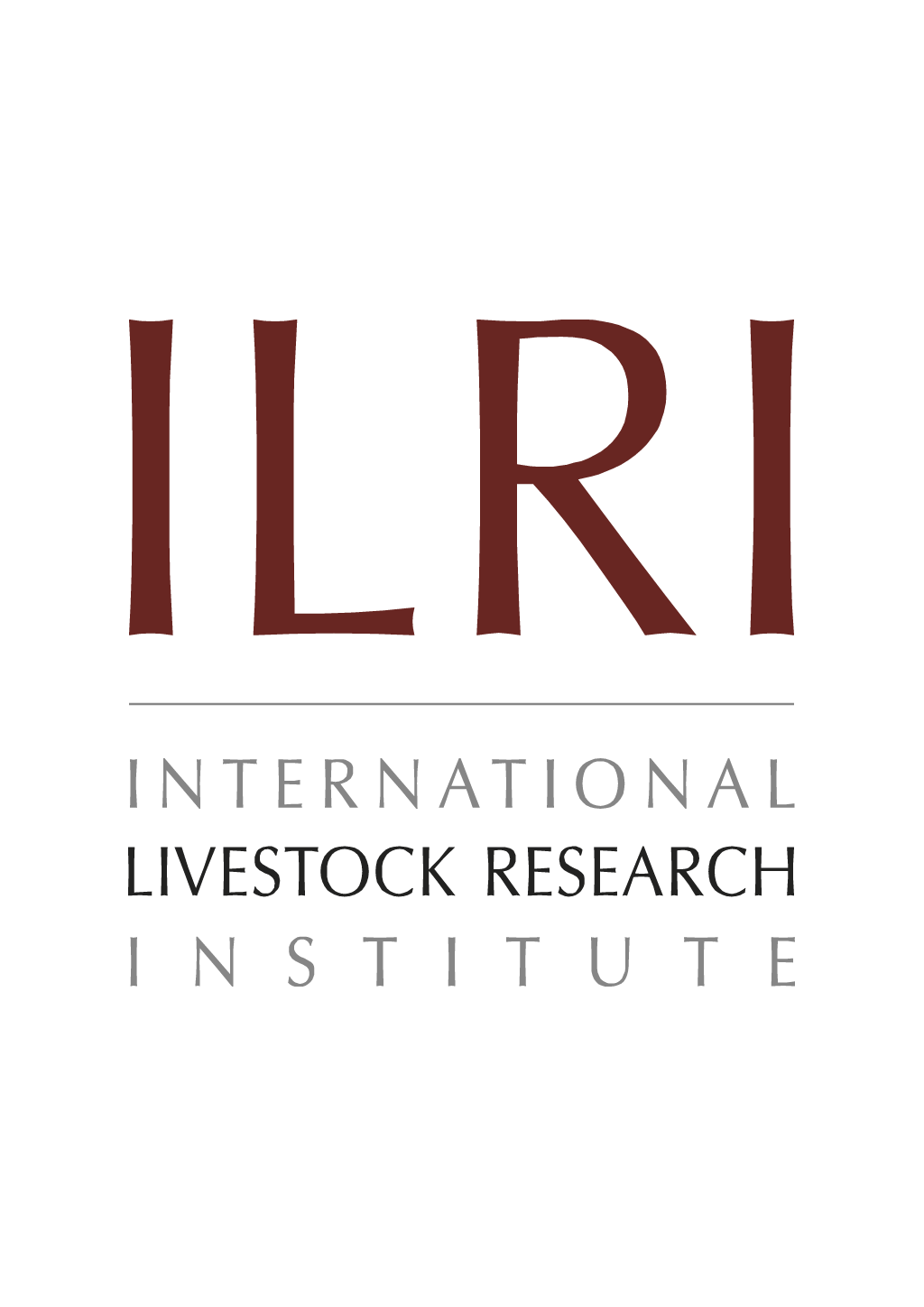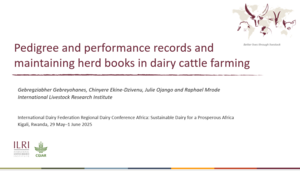
Polymorphic open reading frames encoding secretory proteins are located less than 3 kilobases from Theileria parva telomeres
Abstract
Polymorphic, multicopy gene families are frequently located in subtelomeric regions of the genomes of parasitic protozoa. Theileria parva telomere-associated (TA) DNA from two chromosomes contained long open reading frames (ORFs) 54% identical at the N-termini whose ends were 2670 and 2680 bp from the telomeric repeats. Probes derived from these ORFs revealed related sequences close to additional telomeres. The 3' end of an unrelated ORF was approximately 2720 bp from a third telomere. These are among, the closest ORFs to telomeres in any organism. Reverse transcription PCR detected transcripts originating within the telomeric multicopy gene family. Additional ORFs with complex sequence similarities were located centromeric to the telomere-adjacent ORFs. Transcripts from the schizont stage of T. parva containing domains with significant amino acid similarity to a 3529 codon ORF located 6900 bp upstream of the telomeric repeats were mapped to a subtelomeric locus at a fourth telomere. Five telomeric ORFs contained predicted N-terminal signal peptides and one of these signal peptides was functional in a heterologous system. Hybridisation data suggested extensive strain polymorphism between ORFs. Two of the telomere-adjacent ORFs were absent from the genome of a cloned T. parava parasite which can nonetheless be passaged through ticks and cattle. T. parva is unusual, among organisms so far studied in the high density of potential coding sequences located directly adjacent to telomeres and the apparent absence of extensive tracts of repeated sequences within the TA DNA.
Citation
Molecular and Biochemical Parasitology;110(2): 359-371










